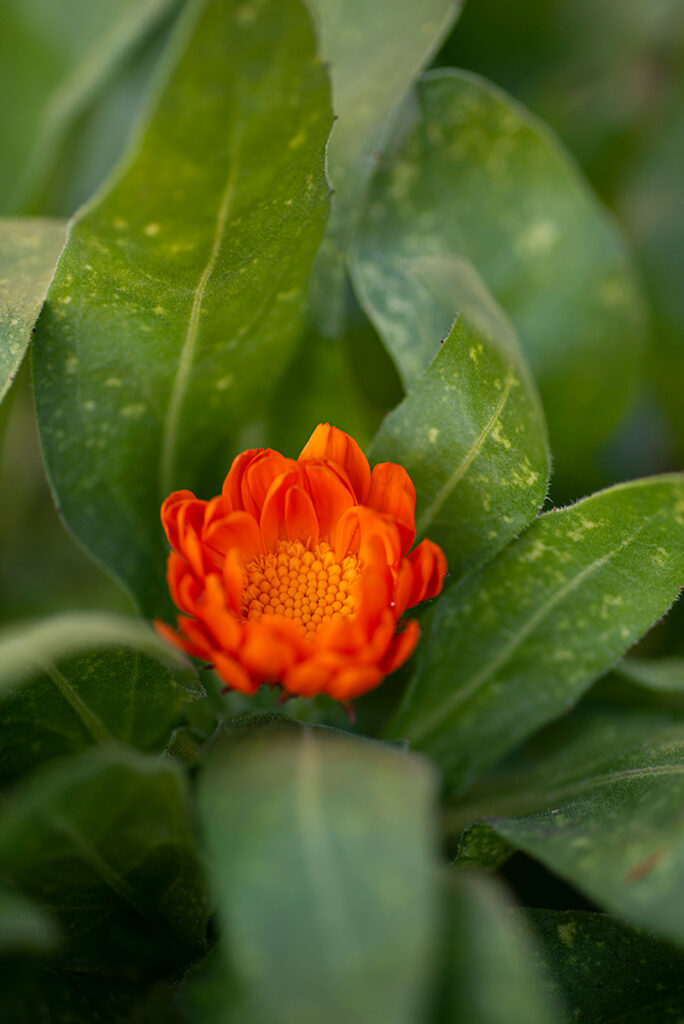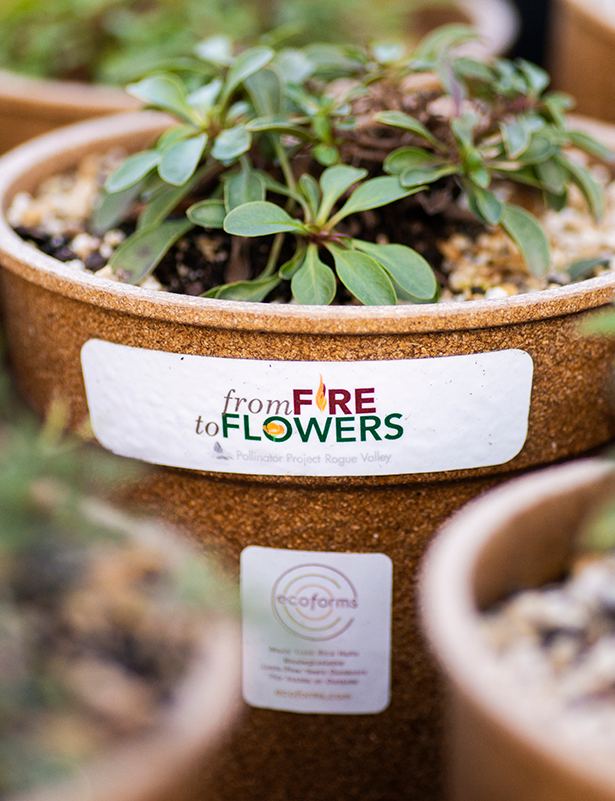Pollinator Project Rogue Valley believes in a world where people, plants and pollinators live together harmoniously, and contribute to each other’s well-being.
“Our world relies on many tiny creatures for much of the life on this planet,” said Kristina Lefever, president of Pollinator Project Rogue Valley.
“These pollinators are responsible for the reproduction of most species of flowering plants and trees, in addition to our agricultural crops,” she explained, adding that one of their main goals is to educate people about native plants and native pollinators.
“Native pollinators encompass numerous insects, including hundreds of species of flies, native bees, beetles, butterflies, moths, wasps, as well as hummingbirds, and probably more. They move pollen from one flower to another so plants can reproduce.”
Pollinator Project Rogue Valley also educates people about native plants.

“It’s easier for people to learn about native plants than about the pollinators, as the plants don’t move around or disappear from the landscape. The plants stay in one place so we can see them in different stages of growth throughout the year,, and more importantly, see how the pollinators interact with them.”
According to Kristina, native plants are not only a beautiful part of the landscape, but they provide food and habitats for native pollinators.
One area where many native plants were growing was along the Bear Creek Greenway; however, much of that was destroyed during the Almeda Fire. A number of different organizations are working on growing the Greenway with more native plants.
Kristina said Pollinator Project Rogue Valley is helping people get native plants into their own yards, which is critical to help the native pollinators thrive. “There is more to the story than just providing flowers for bees. The non-flowering part of native plants also provide critical food sources. The monarch caterpillar and the milkweed is just one example of this dependency.”
“Think what this valley was likejust 100 or 200 years ago, when it wasn’t covered in houses with yards full of plants that came from other parts of the country. We want to help get native plants back in the valley,” she explained.
Pollinator Project Rogue Valley maintains its own pollinator garden, which is about 75% native plants. The garden allows them to show people what a native plant garden truly looks like. It may not be trim and neat all the time, but it’s still beautiful, and it’s a place where native pollinators can flourish.
“We also have a garden guide available for people who want to learn about native plants and see what they look like. People can come and get a copy of the guide, take a tour, see our garden, and identify the plants. I think the best time is May-July, but there are things blooming throughout the year.”

And as co-tenants with Bee Sweet Blooms and Beyond Toxics, they are surrounded by people who love native plants and who want to share that passion with everyone who walks through the door.
In another effort to educate the community, Pollinator Project Rogue Valley created the From Fire to Flowers program after the Almeda Fire. They gifted native plants in biodegradable pots to people who were impacted by the fire. This also created a way for people to learn more about native plants and pollinators.
In the future, Pollinator Project Rogue Valley hopes to help provide people with native plants, and maybe even trees, to create small pollinator gardens in their own yards.
“It would be about a 10×10 space, and we can show them what native plants are in their area,” Kristina said. “It’s a volunteer effort and we want the homeowners to be involved with the work. It will be a good learning experience for everyone.”
Kristina also believes the Rogue Valley has an opportunity to regrow after the fire in a way that is sustainable long term. Some people are afraid that after the fire, any new plants will burn once again.
“Some plants will burn, but there are many native plants which are fire resistant and drought tolerant. Our native plants evolved with fire. When people bring in ‘firewise’ plants that are not native to this area, it negatively changes our own beautiful landscape over time and impacts the pollinators and other creatures because they can no longer find the plants they need to survive,” she said.
Whether it is through native plant sales, educational materials, or gifting native plants to the community, Kristina is proud of everything Pollinator Project Rogue Valley has done, and plans to do in the future. “What we do is because of all our wonderful volunteers!” she said.
“We inspire, engage, and educate about the importance of wild pollinator species and the native plant communities essential for their survival,” she said.

